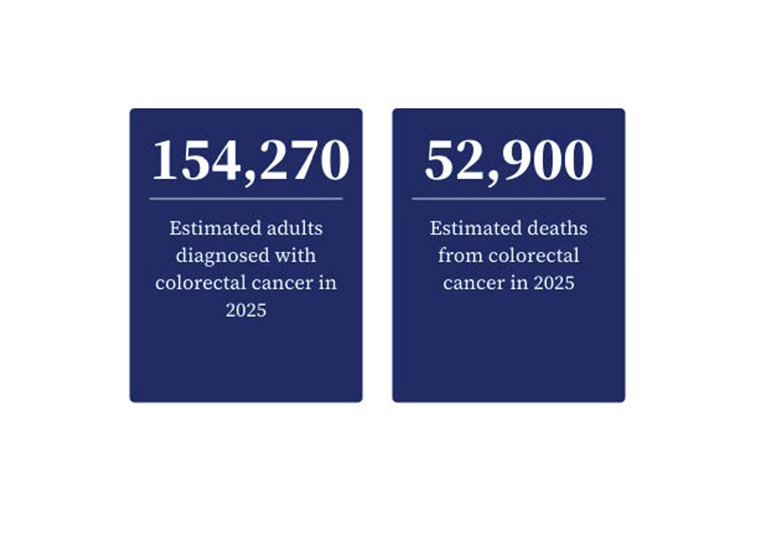Price movements can be more extreme
The requirement that publicly traded companies report earnings each quarter creates an elaborate dance between corporations busy doling out earnings guidance and professional analysts tasked with making quarterly earnings estimates.
A key feature of this dance is that corporations are prone to underpromise (under-guide the analysts who follow them, to be precise) so as to be able to overdeliver. The optimal result being, “XYZ Corp. results beat analysts’ expectations.”
Opt In to the Review Monthly Email Update.
Even in the current shaky economic climate, FactSet reports that about 7 in 10 S&P 500 companies reported earnings in the third quarter of 2022 that exceeded the average analyst estimate. The stock price for companies that reported positive earnings surprises rose 2.4% on average in the trading days around the announcement. Negative earnings surprises, meanwhile, yielded a more pronounced stock reaction, with shares post-announcement falling an average of 3.5%.
The Role of the Small Investor
While individual, or retail, investors account for just one-fifth of U.S. stock trading volume, a working paper makes a case that the small investor has a role in how — and how promptly — the market prices in earnings surprises.
Efficient market theory would suggest, of course, that once earnings are announced, a company’s stock would swiftly and correctly reset to the newly implied expectations for the firm. But decades of research have instead shown that stock prices drift after an earnings surprise, for days, weeks or even the entire quarter until the next earnings announcement. Such market inefficiencies, of course, are opportunities for the mostly professional traders who see where the drift is headed.
In a working paper, UCLA Anderson’s Henry L. Friedman and Zitong Zeng, a Ph.D. student, explore the role that nonprofessionals — known as individual, or retail, investors — play in the intensity of market reaction to an earnings surprise, immediately and beyond.
Friedman and Zeng find that the more retail traders are present in a given stock, the stronger the immediate price reaction to an earnings surprise and that the subsequent drift is also more extreme.
To put it charitably, individuals are slower, or less likely, to digest available information on the stock and, Friedman explains in an interview, “are not trading in the direction returns are going.”
As professionals seek to buy or sell shares following an earnings surprise, however, the presence of a large bunch of individual shareholders may provide liquidity for those more purposeful trades, enabling the reset of the stock price.
The researchers started with an analysis of retail and institutional stock price patterns from 2010 through 2021. They focused on three distinct time periods around earnings releases: from 10 days to 1 day before the announcement, the “earnings window” for the day of and the day after the announcement, and what happens longer term. All told they analyzed nearly 100,000 earnings announcements made by more than 4,200 companies.
In the pre-announcement period, they found stock price movement overall predicting the upcoming earnings surprise; the pros know what to expect and drive prices accordingly.
But that pattern was weaker among stocks with a stronger contingent of retail traders. Friedman and Zeng found that retail trading in this period — where emotions and behavioral biases can fill the vacuum of having no real news to inform decisions — was negatively correlated (ouch!) to the eventual earnings surprise.
The net effect among stocks popular with retail traders is that the small investor served as a headwind on the stock’s price.
A Dataset Built on Trading Platform Outages
Friedman and Zeng leveraged a relatively new data source to explore whether there might be a causal relationship between retail trading activity and the “earnings response coefficient,” which is the go-to metric to measure market moves around earnings announcements.
Only in the past few years have the online apps, lubricated by the move to no commission trading, made stock trading more accessible/affordable for retail investors. And the intermittent technical outages in online trading apps provide researchers with a somewhat counter-intuitive dataset to study the impact of retail trades: isolating when retail traders are effectively shut out of the marketplace.
Friedman and Zeng build on retail trading outage data from a 2022 Journal of Financial Economics article conducted by other researchers. That work harnessed outages — from the Downdetector website — for the trading apps at Charles Schwab, E-Trade, Fidelity, Robinhood and TD Ameritrade.
They found that when retail traders were effectively frozen out of trading for any period in the two days around the earnings announcement, the earnings response coefficient was less pronounced.
They found that when there was above average retail action in a given stock, and no outage, its ERC was demonstrably higher during the earnings window.
Once the surprise is announced, the retail investor facilitates trading from professional investors, who then help incorporate information into prices. While still a small percentage of overall trade volume, Friedman and Zeng surmise that the activity of retail investors in the announcement window provides liquidity for the institutional traders that seems to speed up the market price finding its new post-surprise level.
Featured Faculty
-
Henry L. Friedman
Associate Professor of Accounting
- Zitong Zeng
About the Research
Friedman, H.L., Zeng, Z. (2022). Retail Investor Trading and Market Reactions to Earnings Announcements.






